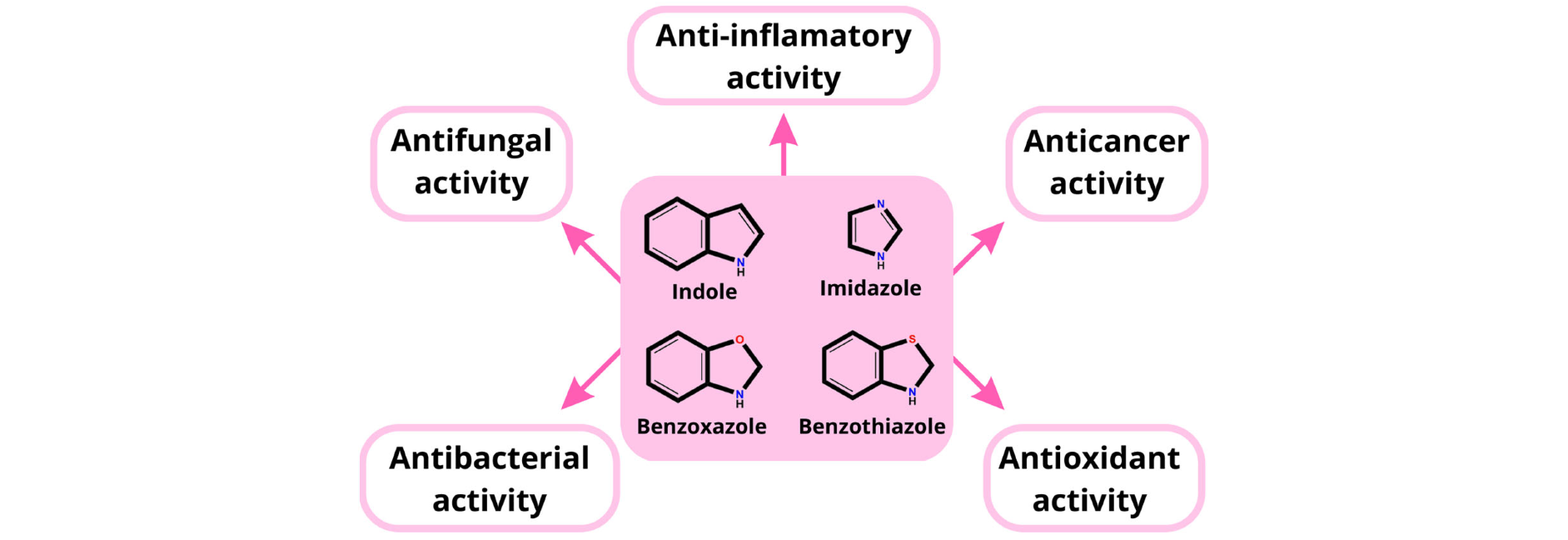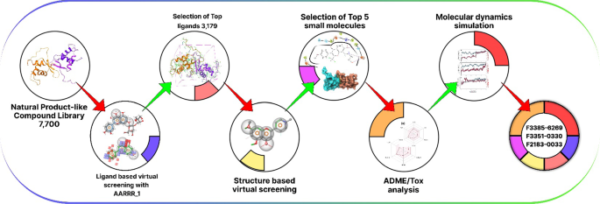Abstract:
Indole derivatives, a class of versatile compounds derived from the heterocyclic structure of indole, have garnered significant attention in drug discovery due to their diverse biological activities and therapeutic potential. This article highlights the unique attributes of indole derivatives and explores their wide-ranging applications in drug development. By elucidating the synthetic strategies, mechanisms of action, and therapeutic properties of indole derivatives, we aim to shed light on their potential as promising drug candidates across various disease areas.
Introduction:
Indole derivatives represent a structurally diverse class of compounds characterized by a benzene ring fused with a pyrrole ring. This scaffold imparts unique physicochemical properties, allowing for multiple modes of biological activity. Indole derivatives exhibit a broad spectrum of therapeutic effects, including antimicrobial, anticancer, anti-inflammatory, and neuroprotective activities, making them attractive candidates for drug development.
Synthesis and Modification of Indole Derivatives:
The synthesis of indole derivatives involves various methods, including classical synthetic routes, transition-metal-catalyzed reactions, and enzymatic transformations. The introduction of functional groups at different positions of the indole core enables the modification of its properties and biological activities. These modifications are key in tailoring indole derivatives to confer specific pharmacological profiles and enhance their drug-like properties.
Mechanisms of Action:
Indole derivatives exert their biological effects through diverse mechanisms of action. They can target specific enzymes, receptors, or signaling pathways, modulating cellular processes and exhibiting therapeutic efficacy. Examples include indole derivatives acting as kinase inhibitors, receptor agonists/antagonists, or modulators of gene expression. The tuning of the indole scaffold and the attached functional groups plays a crucial role in determining the mechanism of action and biological activity of these compounds.
Therapeutic Applications:
The versatility of indole derivatives makes them valuable in a wide range of therapeutic areas. In oncology, indole derivatives have shown promise as cytotoxic agents, apoptosis inducers, and inhibitors of DNA repair mechanisms. They also exhibit antimicrobial activity against bacteria, fungi, and parasites, making them potential candidates for combating drug-resistant infections. Furthermore, indole derivatives have demonstrated anti-inflammatory effects by modulating inflammatory mediators and pathways. In neurodegenerative diseases, they hold potential as neuroprotective agents and modulators of neurotransmitter systems.
Future Perspectives:
The exploration of indole derivatives in drug discovery continues to unlock exciting opportunities. Ongoing research focuses on improving the pharmacokinetic properties, selectivity, and safety profiles of indole-based compounds through structure-activity relationship studies and optimization strategies. The identification of new targets and the design of multifunctional indole derivatives with synergistic medicinal properties also hold promise for future therapeutic advancements.
Conclusion:
Indole derivatives represent a remarkable class of compounds with diverse biological activities and vast therapeutic potential. Their synthetic accessibility, versatility, and ability to modulate various cellular targets make them attractive candidates in drug discovery. As research efforts continue, indole derivatives hold immense promise for the development of novel therapeutics across a range of disease areas, contributing to the advancement of precision medicine and patient care.




